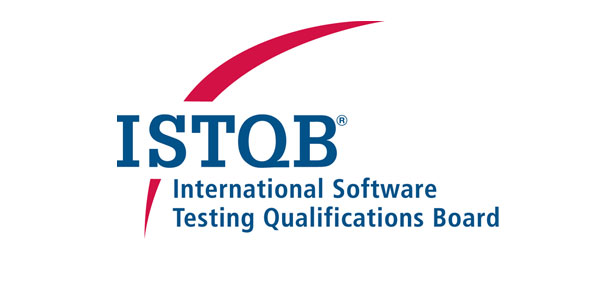ISTQB 3

ISTQB Chapter 3
- 1.
Which of the following artifacts can be examined by using review techniques?
- A.
Software code
- B.
Requirements specification
- C.
Test designs
- D.
All of the above
Correct Answer
D. All of the above -
- 2.
Which statement about the function of a static analysis tool is true?
- A.
Gives quality information about the code without executing it.
- B.
Checks expected results against actual results.
- C.
Can detect memory leaks.
- D.
Gives information about what code has and has not been exercised.
Correct Answer
A. Gives quality information about the code without executing it. -
- 3.
Which is not a type of review?
- A.
Walkthrough
- B.
Inspection
- C.
Informal review
- D.
Management approval
Correct Answer
D. Management approval -
- 4.
What statement about reviews is true?
- A.
Inspections are led by a trained moderator, whereas technical reviews are not necessarily.
- B.
Technical reviews are led by a trained leader, inspections are not.
- C.
In a walkthrough, the author does not attend.
- D.
Participants for a walkthrough always need to be thoroughly trained.
Correct Answer
A. Inspections are led by a trained moderator, whereas technical reviews are not necessarily. -
- 5.
What is the main difference between a walkthrough and an inspection?
- A.
An inspection is led by the authors, whilst a walkthrough is led by a trained moderator.
- B.
An inspection has a trained leader, whilst a walkthrough has no leader.
- C.
Authors are not present during inspections, whilst they are during walkthroughs.
- D.
A walkthrough is led by the author, whilst an inspection is led by a trained moderator.
Correct Answer
D. A walkthrough is led by the author, whilst an inspection is led by a trained moderator. -
- 6.
Which of the following characteristics and types of review processes belong together? 1. Led by the author 2. Undocumented 3. No management participation 4. Led by a trained moderator or leader 5. Uses entry and exit criteria s. Inspection t. Technical review u. Informal review v. Walkthrough
- A.
S = 4, t = 3, u = 2 and 5, v = 1
- B.
S = 4 and 5, t = 3, u = 2, v = 1
- C.
S = 1 and 5, t = 3, u = 2, v = 4
- D.
S = 5, t = 4, u = 3, v = 1 and 2
Correct Answer
B. S = 4 and 5, t = 3, u = 2, v = 1 -
- 7.
What statement about static analysis is true?
- A.
With static analysis, defects can be found that are difficult to find with dynamic testing.
- B.
Compiling is not a form of static analysis.
- C.
When properly performed, static analysis makes functional testing redundant.
- D.
Static analysis finds all faults.
Correct Answer
A. With static analysis, defects can be found that are difficult to find with dynamic testing. -
- 8.
Which of the following statements about early test design are true and which are false? 1. Defects found during early test design are more expensive to fix. 2. Early test design can find defects. 3. Early test design can cause changes to the requirements. 4. Early test design takes more effort.
- A.
1 and 3 are true. 2 and 4 are false.
- B.
2 is true. 1, 3 and 4 are false.
- C.
2 and 3 are true. 1 and 4 are false.
- D.
2, 3 and 4 are true. 1 is false.
Correct Answer
C. 2 and 3 are true. 1 and 4 are false. -
- 9.
Static code analysis typically identifies all but one of the following problems. Which is it?
- A.
Unreachable code
- B.
Undeclared variables
- C.
Faults in the requirements
- D.
Too few comments
Correct Answer
C. Faults in the requirements -
Quiz Review Timeline +
Our quizzes are rigorously reviewed, monitored and continuously updated by our expert board to maintain accuracy, relevance, and timeliness.
-
Current Version
-
Feb 23, 2012Quiz Edited by
ProProfs Editorial Team -
Feb 23, 2012Quiz Created by
Salbhar
- ACA Quizzes
- ACCA Quizzes
- ACE Quizzes
- BCBA Quizzes
- CCP Quizzes
- CDC Quizzes
- CDCs Quizzes
- CEH Quizzes
- CISA Quizzes
- CISSP Quizzes
- CPP Quizzes
- CPT Quizzes
- CSA Quizzes
- CSET Quizzes
- CST Quizzes
- CSWIP Quizzes
- FTCE Quizzes
- HIPAA Quizzes
- IAHCSMM Quizzes
- LEED Ga Quizzes
- MBLEx Quizzes
- NCIDQ Quizzes
- PMP Quizzes
- PRAXIS Quizzes
- PTCB Quizzes
- Six Sigma Quizzes
- TEAS Quizzes
 Back to top
Back to top


